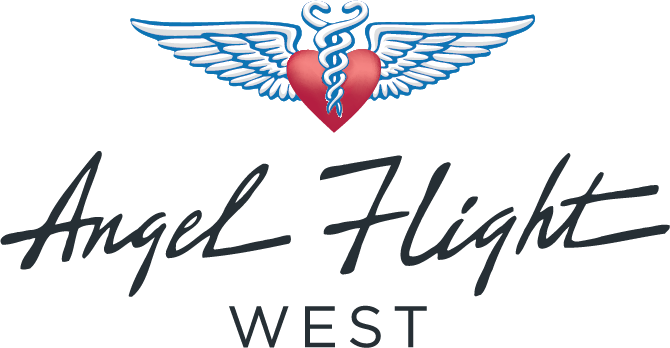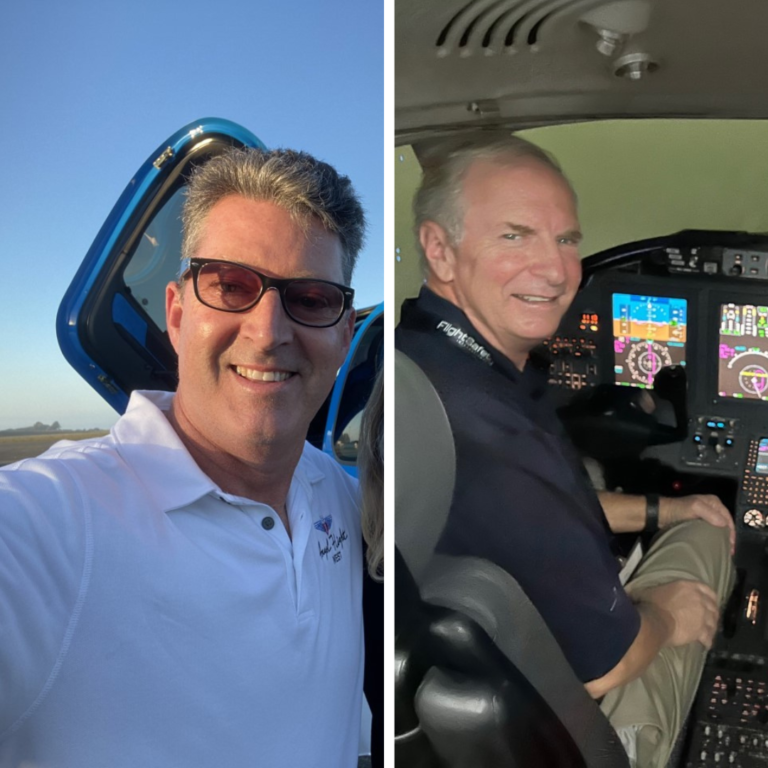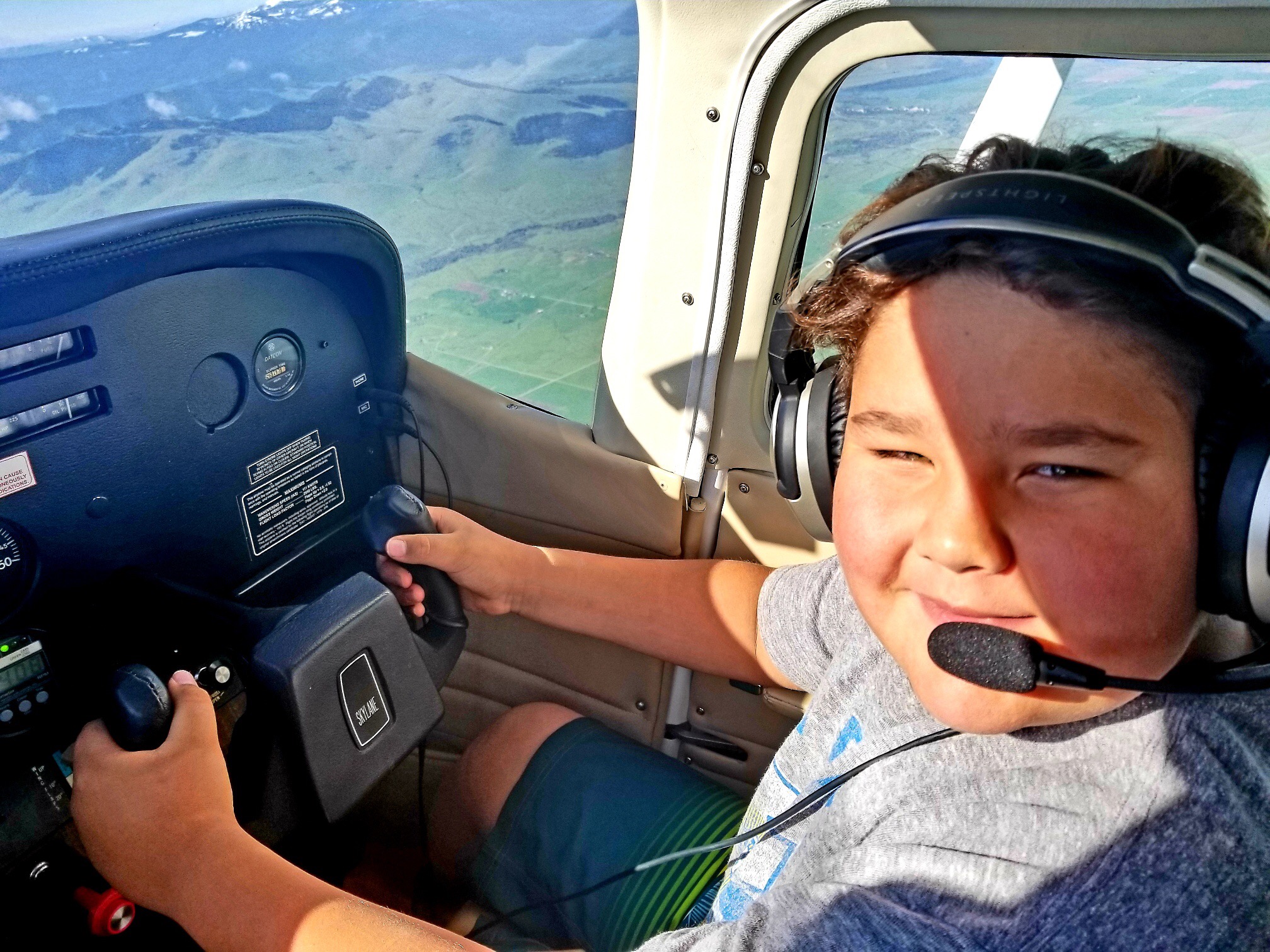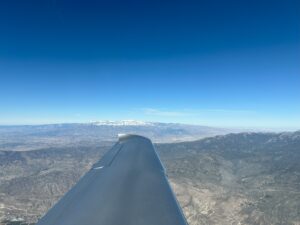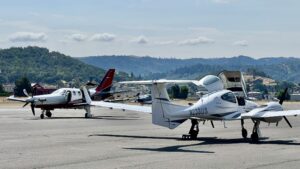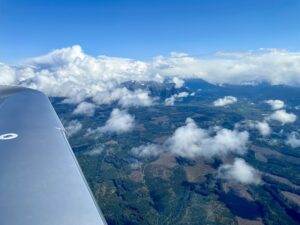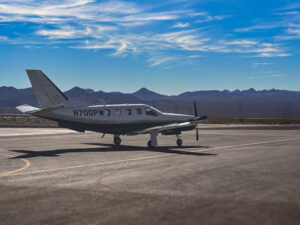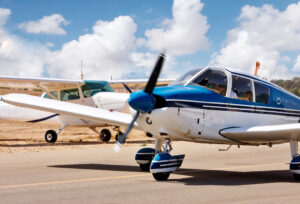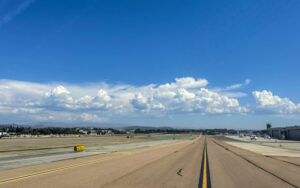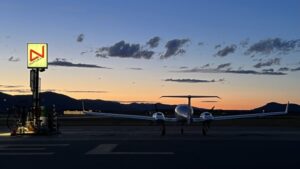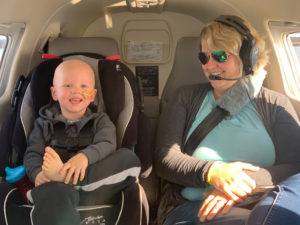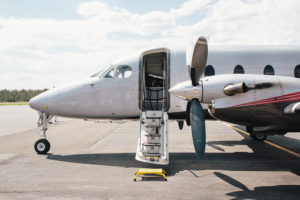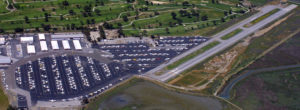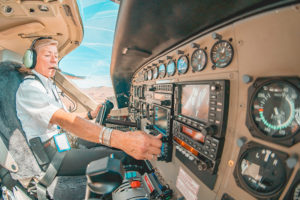Winter is almost over (but not quite) and the weather is changing. Spring is a time of quickly developing weather systems and unpredictable weather. Not that long ago I sat in my house in the Cascade foothills at 1,800 MSL and watched the effects of the portion of the “bomb cyclone” that passed through our region. We didn’t get it as bad as other places like Northern California but I was looking at high winds, very low clouds, heavy rain, and very limited visibilities. One of my first thoughts was, “I’m glad I don’t have to fly today.” I think by anyone’s definition this would be called “hard IFR.” A week or two before I read an article in Aviation Safety magazine that discussed the concept of “hard IFR” so I read it again in light of the current conditions.
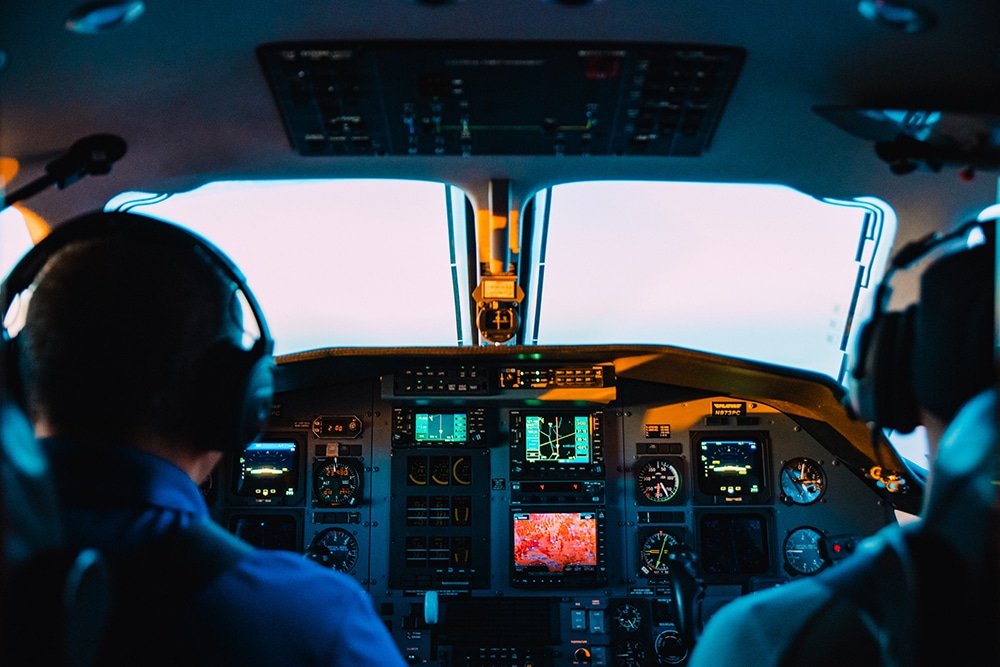
So, what is hard IFR? If you go to the FARs you won’t find the definition or even the term itself. But, all of us who sometimes fly IFR use the term. When I was talking with a consultant recently on the purchase of a new flight management system (FMS) he asked me, “how much of your flying is hard IFR?” What does that mean? It seems that we’re left with something similar to Justice Potter Stewart’s comment on the definition of pornography: “I can’t define it but I sure know it when I see it.”
The Aviation Safety article arrived at a sensible solution. The definition of hard IFR is fluid and depends on the combination of weather, equipment, and pilot proficiency that applies to the individual flight. What’s “hard” in one circumstance might be pretty easy for another pilot depending on those factors. It’s up to each of us as PICs to do a realistic self-examination before each IFR flight. Some thoughts:
WEATHER is the most objective of the considerations. We have available to us hard numbers on existing conditions and reasonable predictions on what the future holds. We can apply this information to the other two factors in analyzing the flight and making go/no-go decisions. Some conditions like icing and thunderstorms can make the decision pretty easy.
EQUIPMENT Automation has probably done more than anything else to make hard IFR easier. If you are in my generation (old) you probably got your instrument ticket in a single-engine airplane with one or two navcoms, a single glide slope, and, hopefully, a DME. Autopilots were rare on training aircraft. Today it’s common to have GPS navigation with a visual depiction of your aircraft on a moving map and an approach plate. Autopilots (AP) have become much more common and, with GPS steering (GPSS), a flight plan can be loaded into your GPS navigator and the AP will fly the entire flight plan including departure, approach, and missed approach. But, the generic caveat applies – you need to be able to hand fly the airplane without all the gadgets, at least to and down the nearest ILS. I typically will use the AP and FMS to fly actual approaches, especially into unfamiliar airports, and hand fly most practice approaches.
And, let’s not forget the advantages of today’s portable GPSs and EFB apps – Foreflight, Garmin Pilot, and some others. You can have the latest display and processing technology for a small fraction of the cost of installed certified equipment. You just have to ensure that your installed equipment is adequate to the task and is used as the primary means of navigation with your portable as ancillary information and backup. I have synthetic vision (SV) on my Foreflight program and it is quite comforting to see a runway coming toward me on final when my actual vision is entirely obscured by weather. Just a portable tablet with a good program can greatly increase the threshold for hard IFR.
PROFICIENCY Flying on instruments is a perishable skill. We all know that and the FAA knows that and has established minimum currency requirements. We also know that being “legal” does not necessarily mean being proficient and safe. Regular practice and training are important. I think everyone should do an IPC at least annually and preferably more often. I always tell my instructor (a retired senior airline captain) to run me through the wringer and let me know if he sees anything in my performance that is dangerous or an obvious “senior moment.” (I ain’t getting any younger. So far so good). Our proficiency goal should always be to meet or exceed our highest certificate’s check ride standards.
Thanks for all you do and thanks for your commitment to Angel Flight West.
Paul Henderson — ASO, Oregon Wing, AFW
